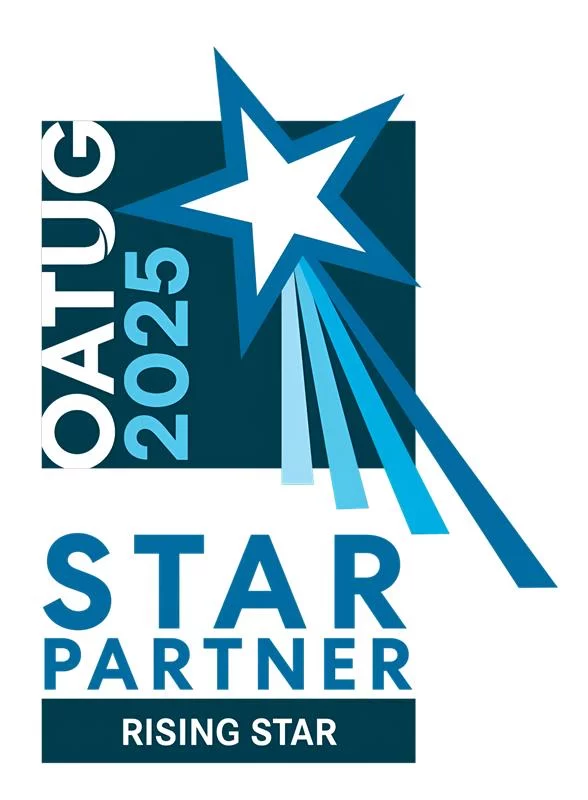



How Can High-Growth Companies Simplify and Optimize Budgeting, Planning and Forecasting?
Jack Welch once said, “The budget is the bane of corporate America. It never should have existed. A budget is this: If you make it, you generally get a pat on the back and a few bucks.
If you miss it, you get a stick in the eye – or worse.”
Whilst Welch may have been right to an extent, it’s no surprise that accurate budgeting, planning and forecasting is essential for every high-growth business. Together, these processes provide a roadmap for a business and give its workforce clear directions on how to reach the intended destination.
Despite general agreement that planning, budgeting and forecasting is critical to an organization’s ongoing success, a study conducted by KPMG and ACCA, found that 46 percent of finance professionals believe that their current budget “produces a politically-agreed number not aligned to real business outlook’.”
Thomas Sutter, from NetSuite’s Global Solutions Centre of Excellence, commented on this statistic, saying “I saw this too, when working as a Finance Director and Controller. The budget numbers were not the real plan or guidance, in fact, often they weren’t even finalized until months after the year had started.”
“Think of when a business is starting out. They’re concentrating on increasing sales and improving delivery of goods and services. There are so many unknowns, they really have no idea of what’s going to happen in the next 12 months, so the budget rarely has any actual relation to the business outlook. But, of course, investors want to know what the business is expecting. So, the finance team and executives go through this whole tick box exercise that’s time-consuming and manual – none of which is supporting the growth of the business – and the budget is created on outdated assumptions and data.”
On top of outdated budgets, all this manual, time-consuming admin also leads to less time for analysis, poor strategy development and inaccurate target setting, potentially impacting all areas of the business.
It’s unfortunate that most modern companies still conduct the process of forecasting based on outdated tools, spreadsheets and assumptions, rather than using new technologies and up to date market research.
With this way of working, manual errors are inevitable.
“The larger and longer the spreadsheet, the harder it is to check each cell for data entry errors,” Sutter said. “There’s often more than one spreadsheet with multiple versions, leading to mistakes from poor version control too.”
With all of this, by the time the information is pulled together from various sources to build the budget, for a high growth business new opportunities have been missed and it’s unable to respond to volatile market conditions and business threats.
Insights from Aberdeen Group, KPMG and ACCA show us that 49 percent of finance professionals agree that the top challenge in financial planning, budgeting and forecasting is marketing volatility, creating the need to dynamically account for change. In addition to the 62 percent that believe that budgets are simply a ‘point in time’ view and don’t reflect what is happening externally, it makes for a strong case against the likes of spreadsheets.
Yet, over one third of finance professionals suggested that their businesses were still not utilizing rolling forecasts.
Improving planning, budgeting and forecasting within a high-growth business
Improving the planning, budgeting and forecasting processes at most small to medium-sized businesses is even more of a challenge.
“Historically, enterprise systems have been too costly and very complex to implement, so SMEs have continued to rely on spreadsheets or applications with limited functionality, or poor interoperability with core financial solutions,” Sutter said. “The cloud has now changed all of this.”
Through the cloud, planning and budgeting tools have become more widely available to smaller business. In large part, this is because they are hosted pay-as-you-go models, meaning SMEs have low cost of ownership and rapid implementation. Essentially, the cloud has enabled a low barrier to entry into 21st century planning, budgeting and forecasting capabilities.
In addition to cost savings, speed and accuracy are two of the core benefits businesses will see from a move to the cloud.
“Reduced manual errors, only one live version and proper workflows for approvals are all clear benefits,” Sutter explained, advocating one, cloud-based, centralized view of financial data. “Amongst other things, it supports a more continuous approach to planning and budgeting and enables rolling forecasts, so businesses can be in a much better overall position.”
Source of the blog: Netsuite blog
